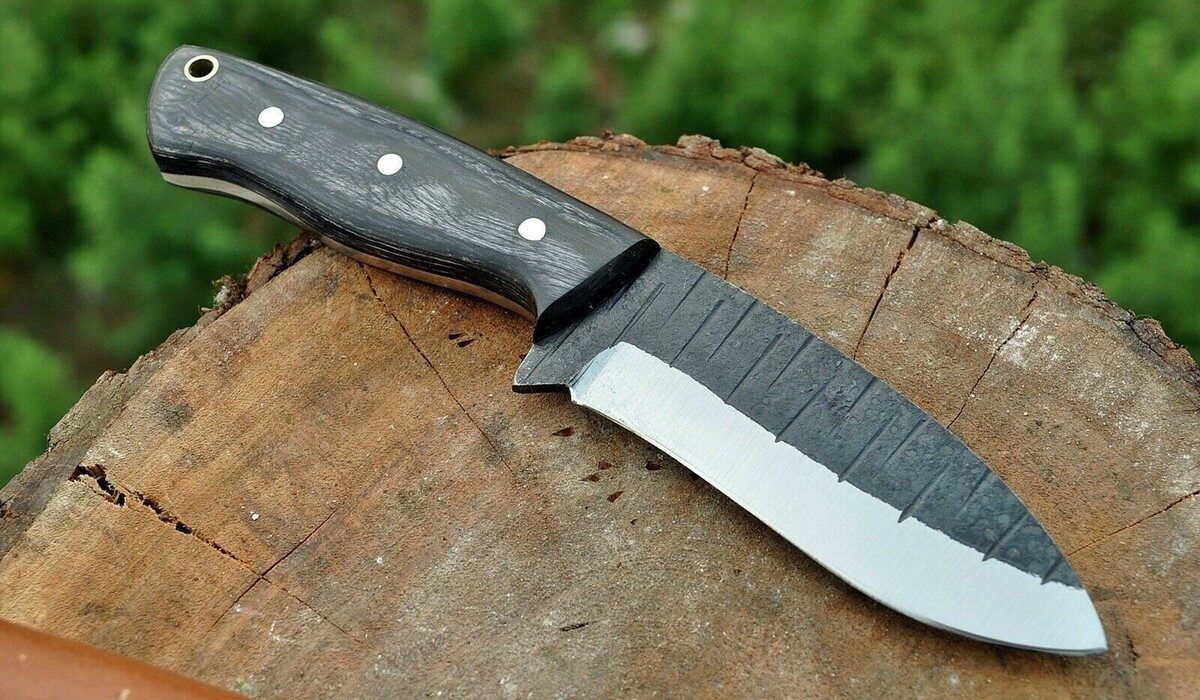In the fascinating world of kitchen cutlery and tactical knives, one term that is frequently mentioned by experts and enthusiasts alike is Full Tang Construction. This terminology might sound technical, but understanding it plays a key role in comprehending knife quality and performance. For kitchen professionals seeking exceptional cutting tools or outdoor enthusiasts demanding durability, knowing the intricacies of knife construction can make all the difference.
The concept of Full Tang Construction refers to a design where the knife’s blade extends into the handle, offering enhanced stability and balance. This construction style is highly sought after for its superior strength and cutting precision.

What is Full Tang Construction?
At its core, full tang construction is characterized by a continuous, solid piece of metal that forms both the blade and the tang, the portion of the knife that extends into the handle. This design ensures that the blade and handle act as a single piece, thereby offering greater stability and strength compared to other types.
Advantages of Full Tang Construction
There are several notable advantages to choosing a knife with full tang construction. These include:
Superior Strength
Because the blade extends through the entire handle, full tang knives are less likely to break or become detached, making them ideal for heavy-duty tasks.
Improved Balance
The even weight distribution provided by the full tang gives the knife a balanced feel, which enhances control and precision during use.
Durability
Full tang knives are constructed to withstand rigorous use and harsh conditions, making them a long-lasting choice for professionals and enthusiasts alike.
Comparing Full Tang with Other Tang Types
Not all knives are created equal. When deciding between a full tang knife and other styles, it helps to consider how each may suit your needs. For instance, partial tangs are more affordable but lack the durability and balance a full tang offers.
Applications in Culinary and Tactical Use
Full tang knives are a staple in both kitchens and outdoor survival kits due to their robust features. For chefs, the knife comparison between Santoku and Chef’s knives reveals just how critical tang design is in determining usage and effectiveness.
Material Considerations
The steel used in making full tang knives significantly impacts their performance. Quality materials ensure longevity and resistance to corrosion. Learn more about optimal materials through resources on different types of knife blades.
Caring for Full Tang Knives
To keep your full tang knife in top condition, regular maintenance is essential. This includes proper cleaning, sharpening, and storage practices. Check out tips for protecting knife finish to prolong the life of your tool.
Popular Knife Models Featuring Full Tang Construction
There are many popular knife models that utilize full tang construction, catering to different needs from culinary to tactical. Each of these demonstrates the strength and reliability that makes full tang knives so valuable.
How to Choose the Right Full Tang Knife
When selecting a full tang knife, consider factors such as the intended use, material quality, and handle comfort. A well-crafted knife should serve your needs efficiently and remain a reliable companion for years.
Understanding Knife Blade Hardness
Another critical aspect of knife quality is blade hardness ratings. This feature influences the knife’s edge retention and resistance to chipping.
Insights from Knife Experts
Gaining insights from knife experts can provide valuable perspectives on the practical applications and benefits of full tang construction. Their experiences underline the indispensable nature of these knives in various settings.

FAQs on Full Tang Knives
What is the primary benefit of full tang construction?
The primary benefit is enhanced strength and balance, making these knives suitable for demanding tasks.
Are full tang knives more expensive?
Full tang knives can be more expensive due to their construction quality and materials, but they offer long-term value.
How often should I maintain a full tang knife?
Regular maintenance is advised, including sharpening and cleaning, to ensure optimal performance.
For enthusiasts, understanding full tang construction is key to choosing high-quality knives that meet various applications, from culinary to outdoor tasks. With this knowledge, selecting the right knife is a more informed and rewarding experience.
This article contains affiliate links. We may earn a commission at no extra cost to you.


